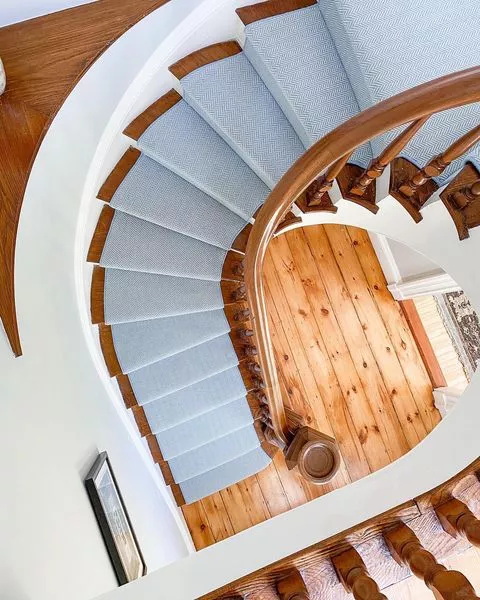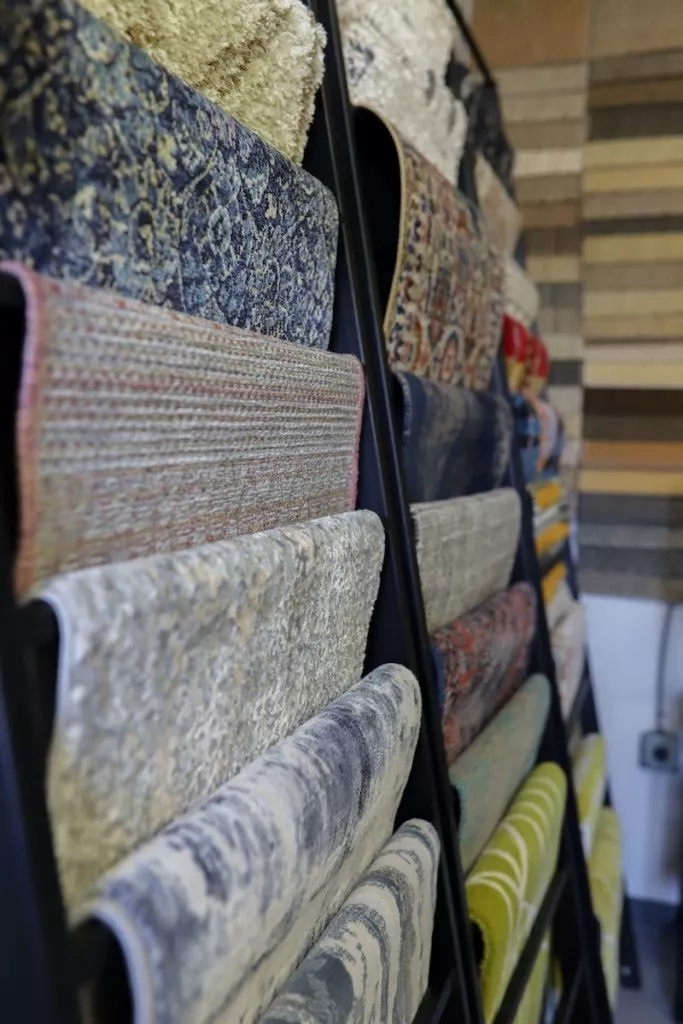Northwest Georgia is the home to carpet. As a matter of fact, it is the best place to make carpet. In 1994, Oriental Weavers Group chose Dalton (also known as Carpet Capital of the World or the original center for carpet tufting) when they were bringing their operations to the US. Jonathan Witt, vice president at OW America states, “Dalton was the natural selection because, with its history, it has people who are experienced in looms and rugs”. The people in the area know both the customer base and how to handle customer service calls. There is a good water supply and the regional utility companies have been supportive partners in growing the industry. Because these areas are a great cost of living with good real estate prices, so many people importing hard surface products pick them to reside. The people not involved with the business, have embraced the industry. The town of Dalton is the perfect location. It is 90 miles from Atlanta, Knoxville, Nashville, and Chattanooga. Also, the port of Savannah is only five hours away. OW has two containers coming in a day from their parent company in Egypt. They bring in their exclusive products, goods, and inventory into their warehouse. Seventy percent of their business is shipped to customers all across the US. They will continue to expand once their new looms are brought in.
Three companies that we work with are located around Northwest Georgia too. Mohawk and Shaw are mills that put capital back in the area. As the carpet industry comes back from the Great Recession, manufacturers are investing in equipment and facilities in Northwest Georgia. Just eighteen months ago, there was only one Dixie plant in the Dalton area; now there are four facilities. The company acquired two plants and is renovating an empty building to be its new residential distribution center.
Engineered Floors (EF) has invested in the most modern equipment in fiber excursions through yarn spinning, heat settling, tufting, and finishing. They are focusing on its propriety solutions dyed PureColor PET continuous filament fiber. Its first plant was in Calhoun and their second is now in Dalton. Their most current project for Mohawk includes the process plant, which is the repurposing of spun yarn plants in Rome and Dalton to twisted yarn production plants, the total renovation resulting in the new Mohawk Flooring Center, along with investments in more facilities. Currently, Mohawk employs 20,000 employees.
Shaw Industries advanced out of Star Dye Company in 1958. Since then, Shaw has grown tremendously to a global level of hard and soft surfaces. They employ 23,000 people and generate a sale volume of $4.5 billion. Recently, they announced a $17 million investment in reclamation and recycling facility. Along with adding 60 new jobs as a result of organic growth and have invested in new equipment, technology, automation, efficiency, and sustainability effort in the past year.
All of J + J Flooring Group’s manufacturing facilities are in the same area. Over the past several years, they have invested in technology, such as the latest in fiber extrusion and tufting equipment. Tandus has a 50-year history as a broadloom and modular carpet manufacturer in Northwest Georgia. They were acquired by Tarkett in 2012 and merged with Centiva in 2013. President Glen Hussman claims the company moved its environmental center and warehouse to a larger building and continues to invest in product equipment.
There is the long-term concern about the carpet business in the Northwest Georgia area because there are fewer young people going into this industry. Right now, there are more 50+ years old than 30+. Discussing the work force for carpet manufacturing jobs, Hussman said, “We (as an industry) have to do a better job of selling the jobs in the industry. For the last several years, we have looked to hire individuals with multi-year experience and the result has been that some move from company to company and back again. We need to invest more in developing young talent.” The question “where will the educated workforce come from in the future?” remains.


